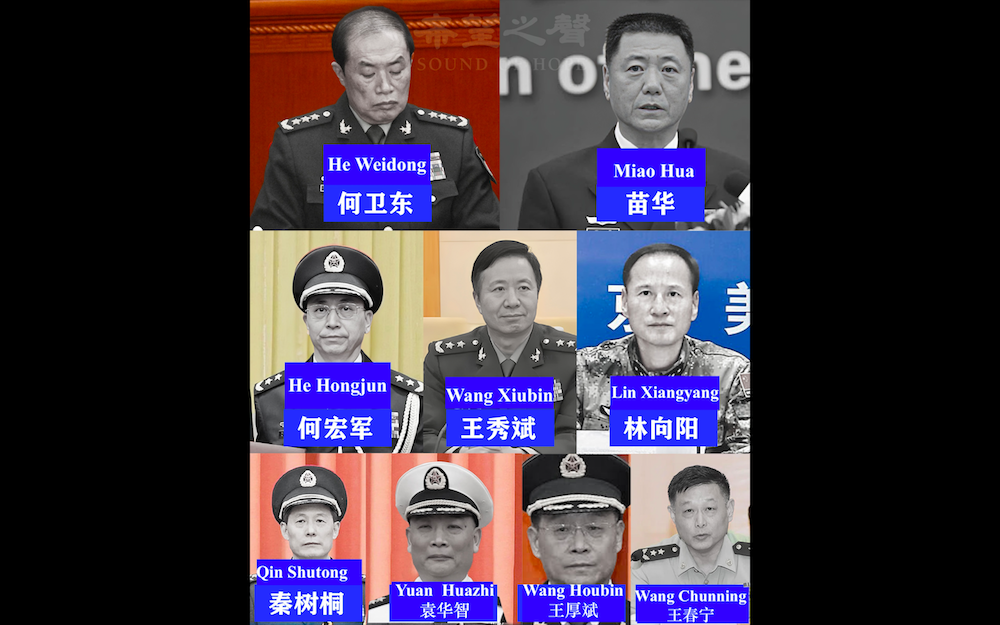By PRANAY SHARMA
New Delhi, March 30 – China may well have accepted Sikkim as an integral part of India but does not quite know how to say it.
Delhi wants Beijing to present its position in a manner that will be taken note of by people in the country. The Chinese leadership, however, favours a gradual change in its stated position on Sikkim.
Foreign secretary Shyam Saran is likely to focus on Sikkim and other differences on the boundary issue during a joint working group meeting with Chinese vice-foreign minister Wu Dawei that kicked off in Beijing today.
The attempt is to come to an agreement that can form a joint statement or declaration when Chinese Premier Wen Jiabao visits Delhi on a four-day official tour from April 9.
India and China agree that Sikkim “has ceased to be an issue” in bilateral ties. This position was stated when Atal Bihari Vajpayee visited Beijing in June 2003 as Prime Minister. But since then, neither side has said anything more that will indicate some kind of forward movement on Sikkim.
During his visit, Wen is likely to be asked to clarify China’s position on Sikkim. But Beijing is yet to decide how and when it will do so.
During Vajpayee’s visit, the two sides had decided to open a trade point at Nathu-la in Sikkim. South Block had interpreted Nathu-la’s acceptance as the Indian trade point to be Beijing’s first step towards fully recognising Sikkim as an integral part of India.
Later in 2003, during the Asean Summit in Bali, attended by both Vajpayee and Wen, Beijing had informed the Indians about Sikkim’s removal from the Chinese foreign ministry’s website. This was a significant step as it meant China no longer regarded Sikkim as a separate country.
But a year-and-a-half down the line, India wants China to be more forceful in articulating its stand on Sikkim.
Sikkim became India’s 22nd state in 1975 and merged with the Indian Union after a referendum overwhelmingly supported the move. But China, which took over Tibet in 1959 and regarded Sikkim as a part of Tibet, described the merger as an “annexation”. The two countries went to war in 1962 on the boundary issue.









